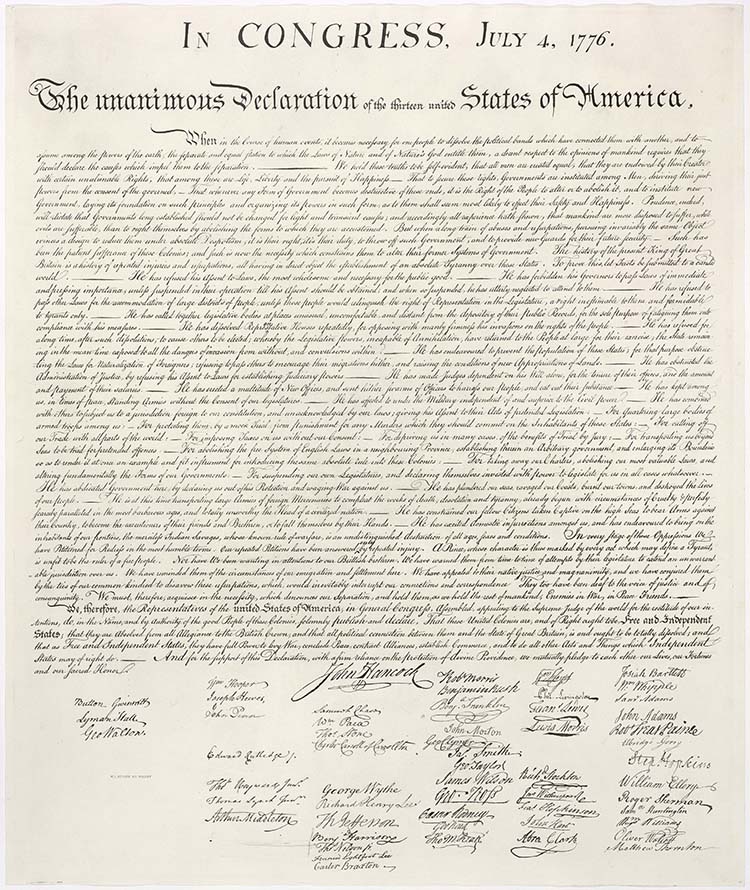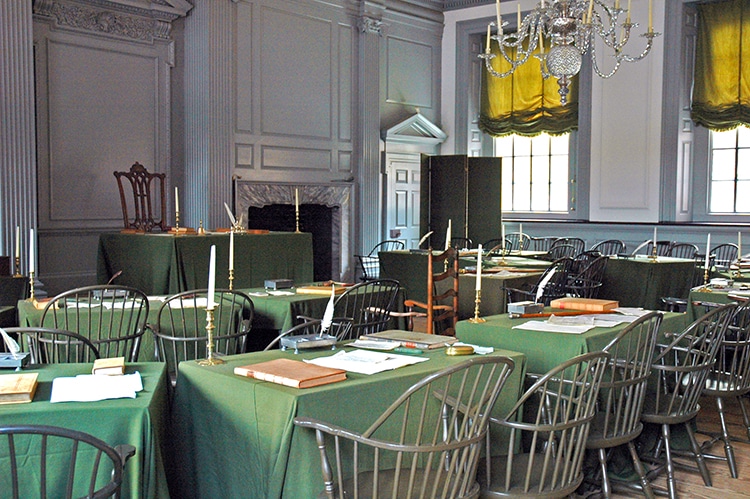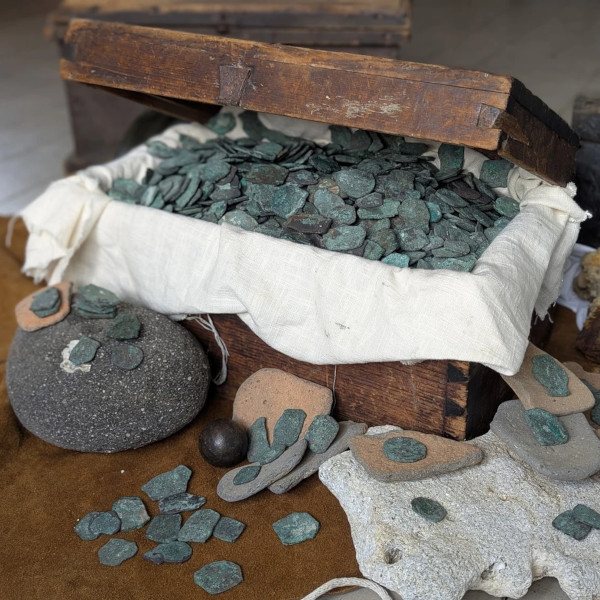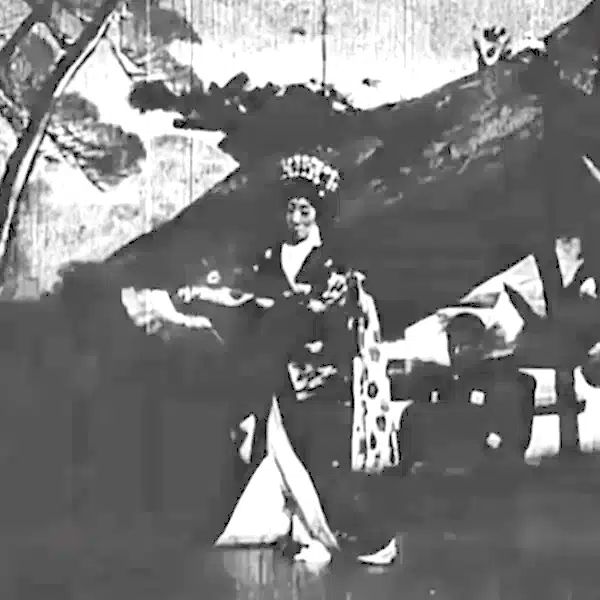
The 1823 William Stone facsimile of the Declaration of Independence. (Photo: Wikimedia Commons, Public domain)
Talk about a national treasure! Long before Nicholas Cage and his friends stole the Declaration of Independence in their hit film, a man lived out a tale of finding treasure in real life. In 1991, a man shopping at a thrift sale purchased an “ugly painting” for $4 because he liked the frame. Behind the painting, he discovered a folded-up copy of the first printing of the Declaration of Independence. This shockingly rare find ended up selling for over $7 million at auction in 2000—a true tale of hidden history and exceptionally lucky thrifting.
When the man took apart his purchase, he found a document folded in an envelope. The man did not originally realize its significance, but he saved the cool discovery. “[H]e kept the declaration, which he had found behind the painting,” David Redden, who helped sell the document at auction, told The New York Times in 1991. “It was folded up, about the size of a business envelope. He thought it might be an early 19th-century printing and worth keeping as a curiosity.”
A friend convinced the man to take the document to Sotheby's for more information. It turned out to be printed in 1776, part of a run of 25 printed right after the signing. These legendary copies were printed on July 4, 1776—the same day the original was signed at Independence Hall in Philadelphia, PA. Printed by John Dunlap, the official printer to the Continental Congress, they were sent out the next morning to spread word of the monumental decision made the day before to separate from England.
This incredible document was estimated to sell for about $1 million maximum, but at auction in 1991 it achieved an incredible $2.2 million (about $5 million today). This copy in particularly is well preserved and lacks the backing that was affixed to many of the early copies. In 2000, it sold again for $7.4 million (about $13 million today). This lucky thrift find certainly must have been an epic adventure for the purchaser.
In 1991, a man bought a painting for $4 because he liked the frame. Inside, he found a first printing of the Declaration of Independence.

The Assembly Room in Independence Hall, where the Declaration was adopted. (Photo: Rdsmith4 via Wikimedia Commons, CC BY-SA 2.5)
The copy of the founding document later sold for $7 million at auction.

Independence Hall in Philadelphia, Pennsylvania. (Photo: DIBROVA/Depositphotos)
h/t: [IFL Science]
Related Articles:
Descendants of the U.S. Founding Fathers Recreate Iconic Painting 241 Years Later
What Happened at Seneca Falls? Learn About the Gathering of Great Minds for Women’s Rights
How American Benjamin West Became London’s Preeminent Painter During the American Revolution
How Jacques-Louis David Went From an Artist of the French Revolution to a Painter of Napoleon






















































































